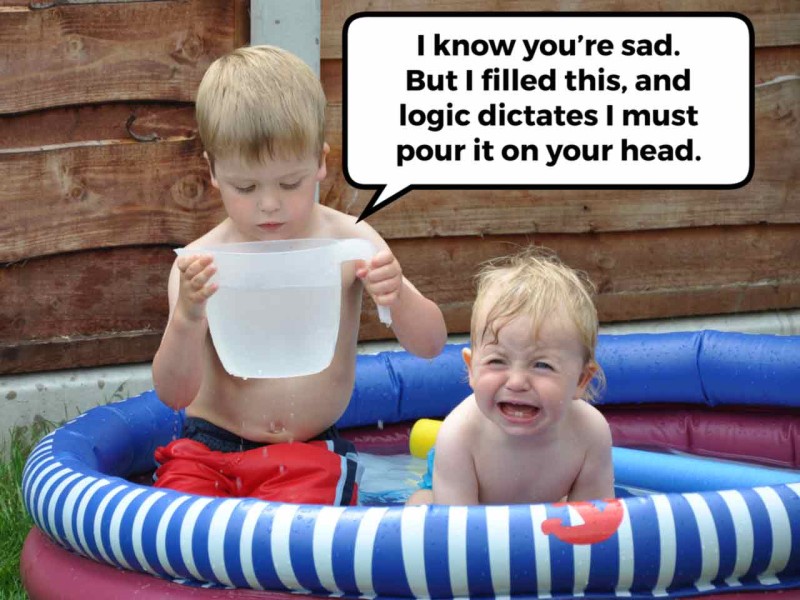In a past job, my superiors were excited about what they called the “elephant-and-rider metaphor.” It comes from psychologist Jonathan Haidt’s 2006 book, The Happiness Hypothesis, and it compares your emotional, automatic mental processes to an elephant—lumbering, inflexible, and massive.
And your rational mind? That’s a tiny human riding atop the elephant—well-intentioned, nimble, holding the reins and the illusion of control.
At the time, my superiors were reading Switch by the Heath Brothers, which uses the metaphor as a framework for organizational change. How can the C-suite transform the stagnating company? How can the rational rider steer the emotional elephant toward a promising future?
Here’s why it didn’t work: Our bosses equated themselves to the nimble rider. Which made the rest of us the big, dumb elephant.
Motivating Customer Experience Improvement
You see, the metaphor is not a me-rider, you-elephant illustration.

Rather, it’s meant to illustrate the duality of every person. We each have a rider and elephant inside us. We’re all motivated by rational and emotional factors.
If you’re a customer experience leader, that duality is important to understand. To effect change, you need to outline a rational path to a desired outcome, and spur people’s emotions to fuel the journey to that outcome.
Making Meaning Out of Customer Centricity
In customer experience strategy, we can get mired in the practical elements of our business:
- Who will take responsibility?
- What are the metrics we’re watching?
- When do we need to see progress?
- Where is the coffee?
- How is there no coffee?
But practical and rational motivations can only keep people motivated for so long. And those motivations only satisfy a small part of who we are.
To create lasting motivation, try asking something different:

Asking “Why?” more often in your customer experience strategy can help you develop empathy for every party involved. For example, you might ask:
- Why isn’t this connecting with them?
- Why should they care?
- Why are we working so hard for this?
- Why am I so angry we’re out of coffee?
Asking “Why?” can help you develop a keener sense of emotional intelligence. And finding the right answers can help you better explain goals, plan work, and measure change.
Trust in the Journey to Customer Centricity
Emotional intelligence is a powerful leadership tool. But it’s much more powerful if you use it honorably. The last thing you want to do is develop trust and then break it. You don’t want to engage the emotional elephant only to enrage it.

When a customer or employee offers constructive feedback or taps into their emotional core, they’re opening their heart. And your ability to honor their risk will dictate whether they continue to open up to you.
Customer experience leadership is a complex challenge, but it centers on a simple premise: you must deliver on the promises you make as a company.
But if you’re like us, you understand that. You know that the journey is worth the effort—rationally and emotionally—for companies and their customers.
Which begs the question: If you know your why, why doesn’t everyone else?
Want more?
The emotional journey for your customers starts before they’re actually customers. Their delight or emotional frustration can determine whether you ever get a second chance with them. Get this free ebook to learn how to improve the early stages of your customer experience!
Image Credits:
Joel and isaac by Naomi, CC BY 2.0
Sri Lankan Brown Fish Owl by Maximilian Imran Falleel, CC BY 2.0
tess is driving by Grant, CC BY 2.0
This article was syndicated from Business 2 Community: Emotional Intelligence in Customer Experience Leadership
More Sales & Marketing articles from Business 2 Community:





